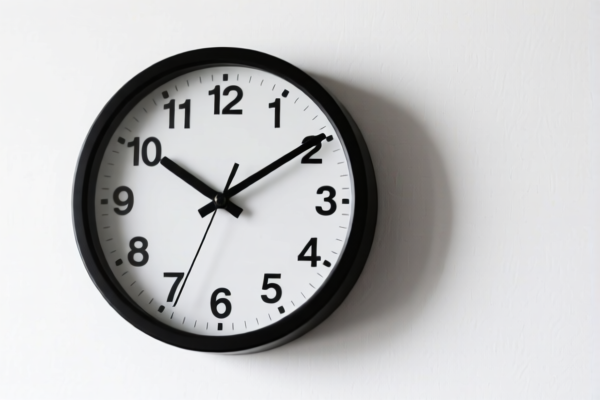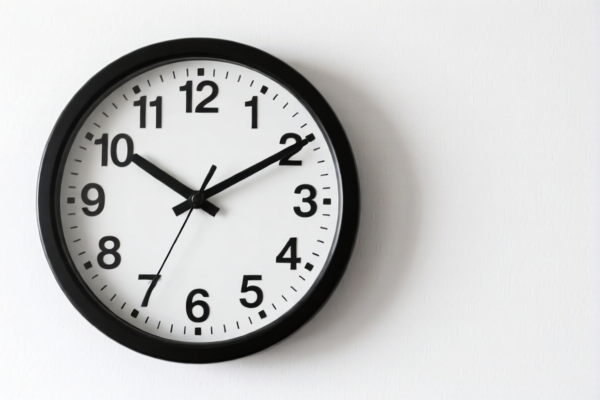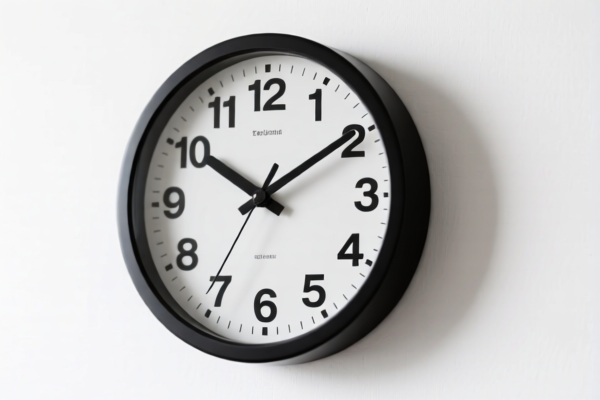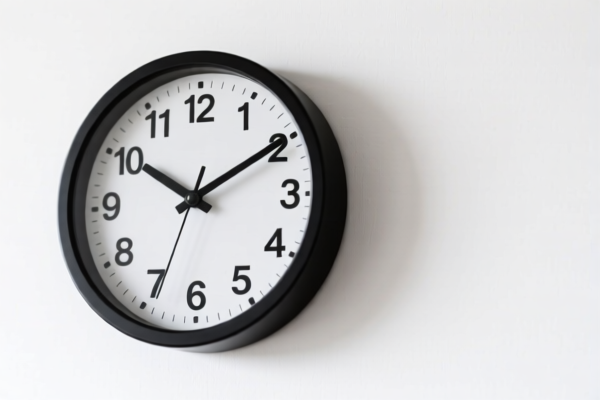| HS Code | Official Doc | Tariff Rate | Origin | Destination | Effective Date |
|---|---|---|---|---|---|
| 6801000000 | Doc | 57.8% | CN | US | 2025-05-12 |
| 6802910500 | Doc | 57.5% | CN | US | 2025-05-12 |
| 6802990030 | Doc | 61.5% | CN | US | 2025-05-12 |
| 6808000000 | Doc | 55.0% | CN | US | 2025-05-12 |
| 7016100000 | Doc | 57.7% | CN | US | 2025-05-12 |
| 7016905000 | Doc | 60.0% | CN | US | 2025-05-12 |
| 6904100010 | Doc | 55.0% | CN | US | 2025-05-12 |
| 6904100020 | Doc | 55.0% | CN | US | 2025-05-12 |
| 6907211005 | Doc | 65.0% | CN | US | 2025-05-12 |
| 6907402000 | Doc | 65.0% | CN | US | 2025-05-12 |
| 3918103110 | Doc | 59.2% | CN | US | 2025-05-12 |
| 3918103210 | Doc | 61.5% | CN | US | 2025-05-12 |
| 3925900000 | Doc | 60.3% | CN | US | 2025-05-12 |
| 7308909530 | Doc | 80.0% | CN | US | 2025-05-12 |
| 9406100000 | Doc | 57.6% | CN | US | 2025-05-12 |
| 9406900130 | Doc | 82.9% | CN | US | 2025-05-12 |
| 7610900020 | Doc | 85.7% | CN | US | 2025-05-12 |
| 7610900080 | Doc | 85.7% | CN | US | 2025-05-12 |




Wall
A wall is a structure, typically vertical, that defines an area, serves as a barrier, or provides physical protection. Walls have been used since the earliest human settlements and continue to be fundamental components of buildings and other structures.
Materials
Walls can be constructed from a wide variety of materials, influencing their strength, durability, and aesthetic properties:
- Stone: Historically common, offering high strength and longevity. Examples include dry-stone walls, rubble walls, and ashlar masonry walls.
- Brick: A widely used material, providing good strength and versatility. Common brick types include clay brick, concrete brick, and engineering brick.
- Concrete: Offers significant strength and can be cast into various shapes. Often reinforced with steel (reinforced concrete). Concrete walls can be precast or formed in situ (on-site).
- Wood: Used for interior walls, cladding, and in timber-framed construction. Requires treatment for weather and pest resistance.
- Mud/Adobe: Traditional materials used in arid climates, offering thermal mass but requiring regular maintenance.
- Gypsum Board (Drywall/Plasterboard): Commonly used for interior, non-load-bearing walls, offering ease of installation and finishing.
- Glass: Used for exterior and interior walls, providing transparency and natural light. Often used in curtain walls and partition walls.
- Metal: Used for specialized walls, such as fire-resistant walls or structural walls in industrial buildings.
Purpose and Function
Walls serve multiple purposes:
- Enclosure: Defining interior spaces within buildings.
- Structural Support: Bearing the weight of roofs, floors, and other structural elements (load-bearing walls).
- Protection: Providing security against intruders, weather, and fire.
- Thermal Insulation: Maintaining a consistent indoor temperature.
- Acoustic Insulation: Reducing noise transmission.
- Aesthetic Appeal: Contributing to the visual design of a structure.
- Dividing Space: Creating separate rooms or areas within a building (partition walls).
- Retaining: Holding back soil or other materials (retaining walls).
Usage Scenarios
- Residential Buildings: Exterior walls, interior walls, partition walls.
- Commercial Buildings: Load-bearing walls, curtain walls, fire-resistant walls.
- Industrial Buildings: Structural walls, retaining walls, fire-resistant walls.
- Infrastructure: Retaining walls for roads and railways, sound barriers along highways.
- Gardens & Landscapes: Garden walls, boundary walls, retaining walls.
- Historical Structures: Fortification walls, city walls, defensive structures.
Common Types
- Load-Bearing Walls: Support the weight of the structure above.
- Non-Load-Bearing Walls (Partition Walls): Divide space but do not support structural weight.
- Curtain Walls: Exterior walls that are non-structural and typically made of glass and metal.
- Retaining Walls: Hold back soil or other materials.
- Fire Walls: Designed to prevent the spread of fire.
- Shear Walls: Resist lateral forces, such as wind and earthquakes.
- Cavity Walls: Consist of two layers of masonry with a gap in between, providing insulation and moisture control.
- Dry Stone Walls: Constructed without mortar, using carefully fitted stones.
- Timber Frame Walls: Constructed with a wooden frame and filled with insulation and cladding.
Based on the provided information, “wall” can be classified under several HS codes, depending on the material and specific application. Here's a breakdown:
-
6907211005: Ceramic flags and paving, hearth or wall tiles; ceramic mosaic cubes and the like, whether or not on a backing; finishing ceramics: Flags and paving, hearth or wall tiles, other than those of subheading 6907.30 and 6907.40: Of a water absorption coefficient by weight not exceeding 0.5%: Unglazed Tiles, whether or not rectangular, the largest surface area of which is capable of being enclosed in a square the side of which is less than 7 cm. This code applies to ceramic wall tiles with specific water absorption characteristics and dimensions.
- 69: Ceramic products.
- 07: Ceramic flags and paving, hearth or wall tiles.
- 21: Flags and paving, hearth or wall tiles, other than those of subheading 6907.30 and 6907.40.
- 1005: Unglazed tiles with a maximum surface area fitting within a 7cm square.
-
6907402000: Ceramic flags and paving, hearth or wall tiles; ceramic mosaic cubes and the like, whether or not on a backing; finishing ceramics: Finishing ceramics: Glazed: The largest surface area of which is capable of being enclosed in a square the side of which is less than 7 cm: Having not over 3229 finishing ceramics per square meter, most of which have faces bounded entirely by straight lines. This code applies to glazed ceramic wall tiles with specific dimensions and finishing characteristics.
- 69: Ceramic products.
- 07: Ceramic flags and paving, hearth or wall tiles.
- 40: Finishing ceramics.
- 2000: Glazed tiles with a maximum surface area fitting within a 7cm square and a specific finishing density.
-
3925900000: Builders' ware of plastics, not elsewhere specified or included: Other. This code applies to wall panels or components made of plastic materials not covered by other specific classifications.
- 39: Plastics and articles thereof.
- 25: Plastics builders' ware.
- 90: Builders' ware not elsewhere specified or included.
- 00: Other.
-
7308909530: Structures (excluding prefabricated buildings of heading 9406) and parts of structures (for example, bridges and bridge sections, lock gates, towers, lattice masts, roofs, roofing frameworks, doors and windows and their frames and thresholds for doors, shutters, balustrades, pillars and columns) of iron or steel; plates, rods, angles, shapes, sections, tubes and the like, prepared for use in structures, of iron or steel: Other: Other: Other Sheet-metal roofing, siding, flooring and roof drainage equipment. This code applies to wall components made of iron or steel sheet metal.
- 73: Iron or steel structures and parts thereof.
- 08: Structures and parts of structures.
- 90: Other.
- 9530: Other sheet-metal roofing, siding, flooring and roof drainage equipment.
-
9406100000: Prefabricated buildings: Of wood. This code applies to prefabricated wall components made of wood.
- 94: Prefabricated buildings.
- 06: Prefabricated buildings.
- 10: Of wood.
- 00: Other.
According to the provided reference material, the HS code options related to 'wall' are limited, with only the following 6 found.
Regarding HS code 7308909530, please note the need to verify steel or aluminum materials and may require a 25%加征关税.
Customer Reviews
No reviews yet.